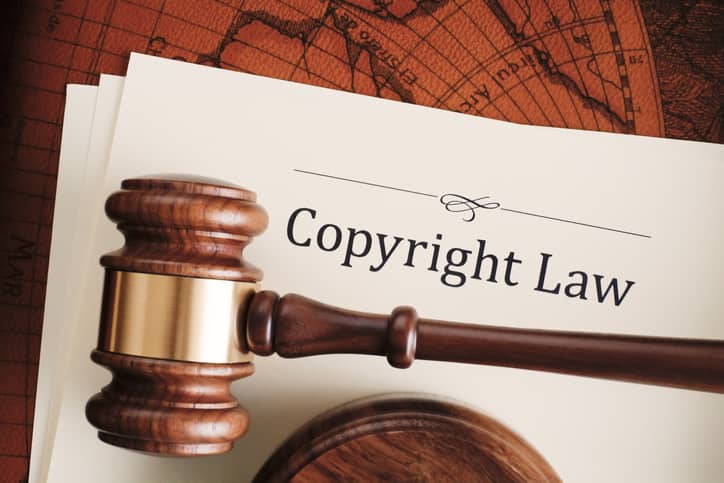Intellectual property is the foundation for any successful business model. It differentiates your business from current and potential competitors. But an idea is just an idea without copyright law to protect it.
When asked how to copyright an idea, Lynnise E. Pantin, Pritzker Pucker Family Clinical Professor of Transactional Law at Columbia Law School says, “Copyright law protects your creative expression but not your ideas. You need to put your idea into some tangible form in order for the idea to become protected under copyright law.”
A tangible form of creative expression is defined as something a viewer can experience, read, see, or touch: paintings, photographs, illustrations, musical compositions, audio recordings, computer programs, books, poems, movies, and plays, for example.
While your expressions are automatically protected under copyright law once they become tangible, you also can opt to register them, as if to say, “I am the owner of this creative expression, and no one can argue otherwise.” This is particularly true if you believe the creative expression has the potential to earn you money in the future.
How to Register for a Copyright
If you have a tangible creative expression, you can register it for a $15 fee through the U.S. Copyright Office.
Remember, you do not need to register your copyright to receive protection for your creative expression. Once your creative expression becomes tangible, it is automatically and immediately protected by copyright law. However, it doesn’t hurt to stake claim to your intellectual property if you believe it’s commercially viable.
Should you need to enforce your copyright ownership through litigation, registration would be necessary. It is also ideal to have done so in a timely manner should you seek monetary damages or attorney fees through a lawsuit.
What Is an Example of a Copyright?
There are dozens of types of works that can be copyrighted. They include:
- Literary works such as novels, articles, essays, advertising, and speeches
- Musical works, such as sheet music
- Dramatic works such as operas and screenplays
- Pantomimes and choreographic works
- Pictorial, graphic, and sculptural works such as drawings, cartoons, engineering drawings, maps, charts, jewelry, glassware, and fabric designs
- Motion pictures and other audiovisual works such as videos and movies
- Sound recordings such as recorded music and voice
- Compilations, which can be copyrighted as a collection
If you’re a blogger, for example, it’s probably not worth registering every blog post. However, if you think the blog as a whole could be commercially viable in the future, you may want to register it.
What Is Protected by Copyright?
With or without registration, U.S. copyright law allows copyright owners to have the following exclusive rights:
- Reproduce the work in copies.
- Prepare derivative works based upon the copyrighted work.
- Distribute copies to the public for sale, rental, lease, or lending.
- Perform or display the work publicly.
- Authorize others to exercise these exclusive rights.
The length of a copyright’s protection depends on when it was created. Anything created on or after January 1, 1978, is protected for the life of the creator plus 70 years. Works made for hire are protected for 95 years from publication or 120 years from creation (whichever is shorter).
A Guide to Copyright Symbols
While it’s not imperative to use a copyright symbol when publishing your creative expression, it will call attention to your intention to protect the asset. Here’s an explanation of two copyright symbols:
- ©: The copyright symbol is used to designate a work as copyrighted.
- ℗: The phonogram (sound mark) symbol is used to designate the copyright of a sound recording.
While it’s important to understand the ins and outs of copyright, don’t fret about filing for copyright as it’s not necessary to protect your creative expression. Focus first on turning your ideas into something tangible. Then consider using that idea to start a business.
“As a copyright owner, you have lots of rights available to you. You are in charge and in control of your work,” says Pantin.
